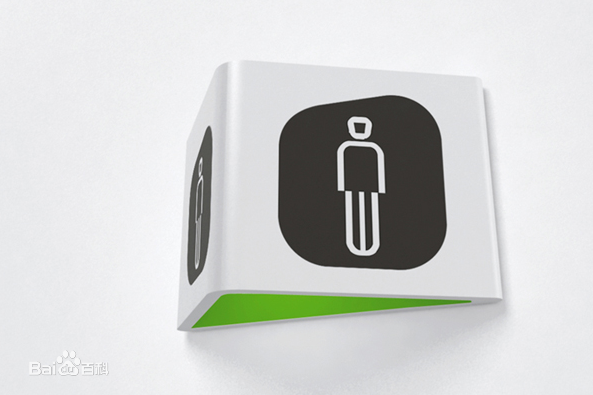Conveying human goals to autonomous systems (AS) occurs both when the system is being designed and when it is being operated. The design-step conveyance is typically mediated by robotics and AI engineers, who must appropriately capture end-user requirements and concepts of operations, while the operation-step conveyance is mediated by the design, interfaces, and behavior of the AI. However, communication can be difficult during both these periods because of mismatches in the expectations and expertise of the end-user and the roboticist, necessitating more design cycles to resolve. We examine some of the barriers in communicating system design requirements, and develop an augmentation for applied cognitive task analysis (ACTA) methods, that we call robot task analysis (RTA), pertaining specifically to the development of autonomous systems. Further, we introduce a top-down view of an underexplored area of friction between requirements communication -- implied human expectations -- utilizing a collection of work primarily from experimental psychology and social sciences. We show how such expectations can be used in conjunction with task-specific expectations and the system design process for AS to improve design team communication, alleviate barriers to user rejection, and reduce the number of design cycles.
翻译:暂无翻译




